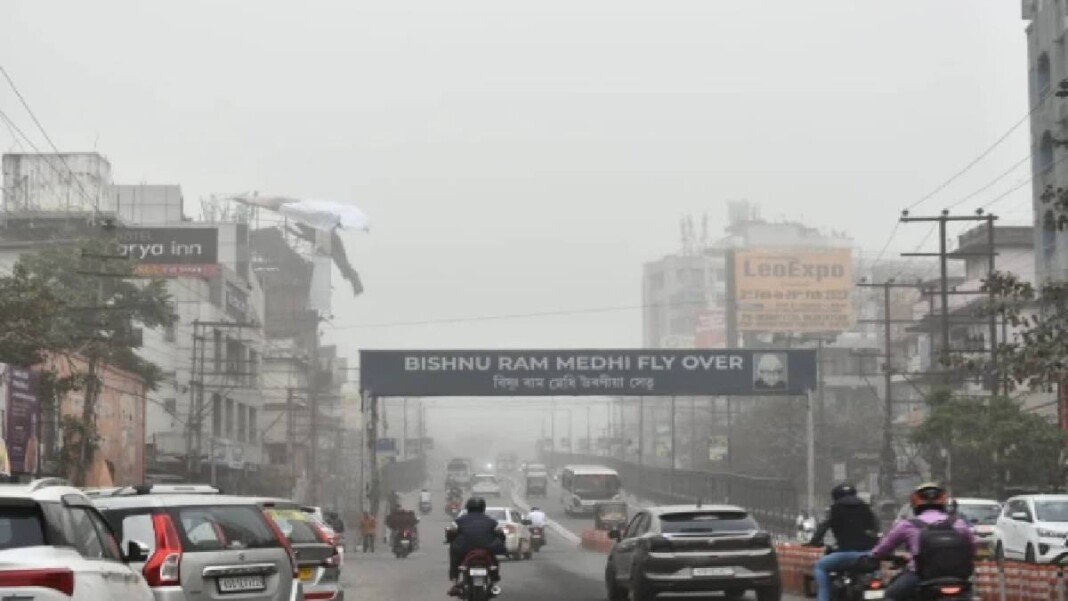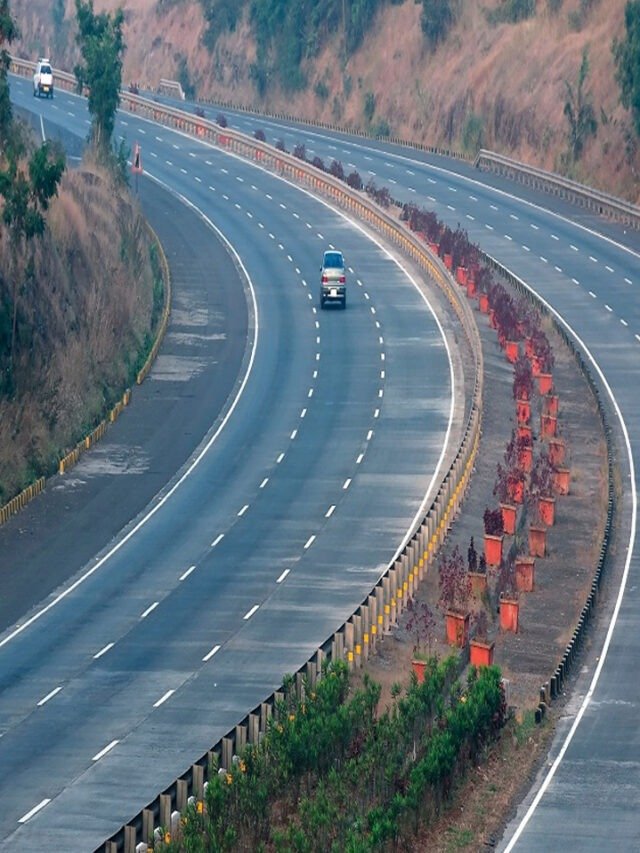HT Bureau
GUWAHATI, March 19: In a concerning revelation, Guwahati, the bustling city in Assam, has clinched the unenviable title of the world’s second most polluted city, as per the latest data unveiled in the 2023 World Air Quality Report by IQAir.
Surpassing the WHO’s recommended levels by more than tenfold, Guwahati registered an average annual PM2.5 concentration of 105.4, reflecting a stark deterioration in air quality.
The surge in pollution levels can be attributed to a myriad of factors, including rampant construction activities, which have contributed to escalated dust pollution, and a notable increase in vehicular traffic.
On the other hand, Bihar’s Begusarai emerged as the world’s most polluted metropolitan area while Delhi was identified as the capital city with the poorest air quality.
The report claimed that with an average annual PM2.5 concentration of 54.4 micrograms per cubic metre, India had the third worst air quality out of 134 countries in 2023 after Bangladesh (79.9 micrograms per cubic metre) and Pakistan (73.7 micrograms per cubic metre).
In 2022, India was ranked as the eighth most polluted country with an average PM2.5 concentration of 53.3 micrograms per cubic metre.
Begusarai stood out as the most polluted metropolitan area globally with an average PM2.5 concentration of 118.9 micrograms per cubic metre. The city did not even figure in the 2022 rankings.
Delhi’s PM2.5 levels worsened from 89.1 micrograms per cubic metre in 2022 to 92.7 micrograms per cubic metre in 2023.
The national capital was ranked the most polluted capital city in the world four times on the trot starting 2018.
It is estimated that 1.36 billion people in India experience PM2.5 concentrations exceeding the World Health Organisation (WHO) recommended annual guideline level of 5 micrograms per cubic metre, the report added.
Also, 1.33 billion people, 96 per cent of the Indian population, experience PM2.5 levels more than seven times the WHO annual PM2.5 guideline. This trend is reflected in city-level data, with more than 66 per cent of the country’s cities reporting annual averages greater than 35 micrograms per cubic metre.
IQAir said the data utilised to create this report was aggregated from the global distribution of more than 30,000 regulatory air quality monitoring stations and low-cost air quality sensors operated by research institutions, governmental bodies, universities and educational facilities, non-profit non-governmental organisations, private companies and citizen scientists. (With inputs from PTI)












